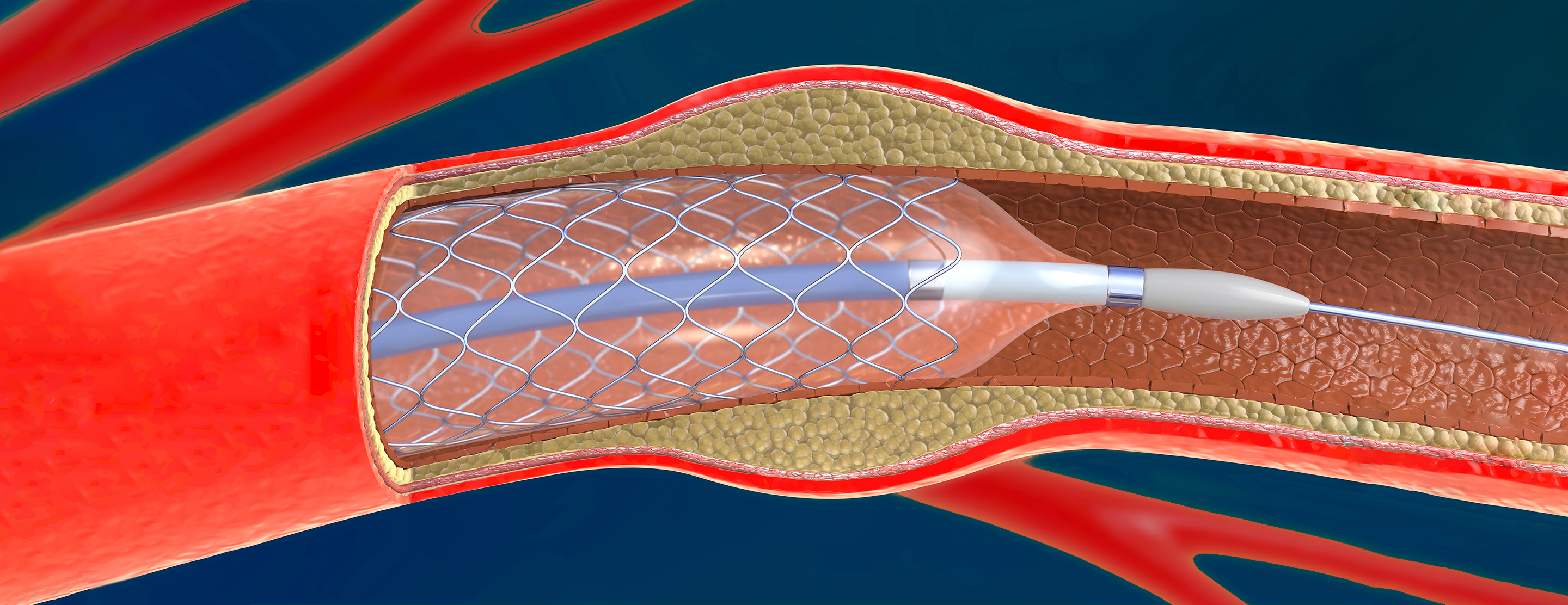
Transcarotid Artery Revascularization (TCAR)
Evaluation
You may be a candidate for TCAR if you have carotid artery disease. Because many patients don't experience symptoms in the early stages, your doctor may screen you for the condition if you have risk factors, such as high blood pressure, diabetes, obesity or a smoking habit, or if you have vascular disease elsewhere in your body. By listening with a stethoscope to the blood flow in your neck, your doctor may be able to detect a blockage and would then order further testing.
If you experience stroke-like symptoms, you should seek immediate medical attention and be evaluated for carotid artery disease. These symptoms include sudden loss of eyesight or speech, garbled speech, weakness or numbness on one side of your face or body, and dizziness or fainting.
If carotid artery disease is suspected, these tests are used to confirm the diagnosis and guide further treatment:
- Carotid artery ultrasound: Sound waves are used to produce images of the carotid arteries and identify areas where they have been narrowed by a buildup of plaque. The test is painless and doesn’t require the use of needles, dye or X-rays.
- Computerized Tomography (CT) Angiography: X-rays are used to take a picture of the carotid arteries. In order for the images to reveal the vessels and any narrowed areas, a dye that shows up on X-rays is injected into an artery in the groin or arm.
Procedure
TCAR is a minimally invasive procedure. The operation is performed through a much smaller incision and in far less time than the standard open surgery.
TCAR takes place in an operating room. After you’re placed under anesthesia, the surgeon makes a small incision in your neck, just above the collarbone. A tube is placed directly into your carotid artery and then connected to a system that temporarily reverses blood flow away from the brain; this prevents any loose bits of plaque from reaching the brain and causing a stroke. (Your brain still receives blood from other arteries.) The blood is filtered by the system and then returned to your body through a second tube connected to a vein in your groin. While the blood flow is reversed, a stent (a small, expandable tube) is inserted into the artery to stabilize the plaque and prevent it from causing strokes. After the stent is in place, the surgeon halts the blood flow reversal and your blood resumes flowing toward the brain.
More than 15,000 TCAR procedures have been performed worldwide, and the data on patient outcomes have been excellent.
Recovery
Most patients are able to go home the day after the procedure and resume normal activities quickly. Recovery is faster than with traditional surgery, with minimal pain and less scarring.
You will probably be prescribed medications to prevent blood clots in your newly opened artery. It's important to follow your doctor's instructions for these medications. As part of your follow-up care, your doctor may order a later ultrasound to determine whether the stent is working.
If you experience unusual headaches, dizziness or other unfamiliar symptoms, call the doctor who performed your procedure immediately or dial 911.









